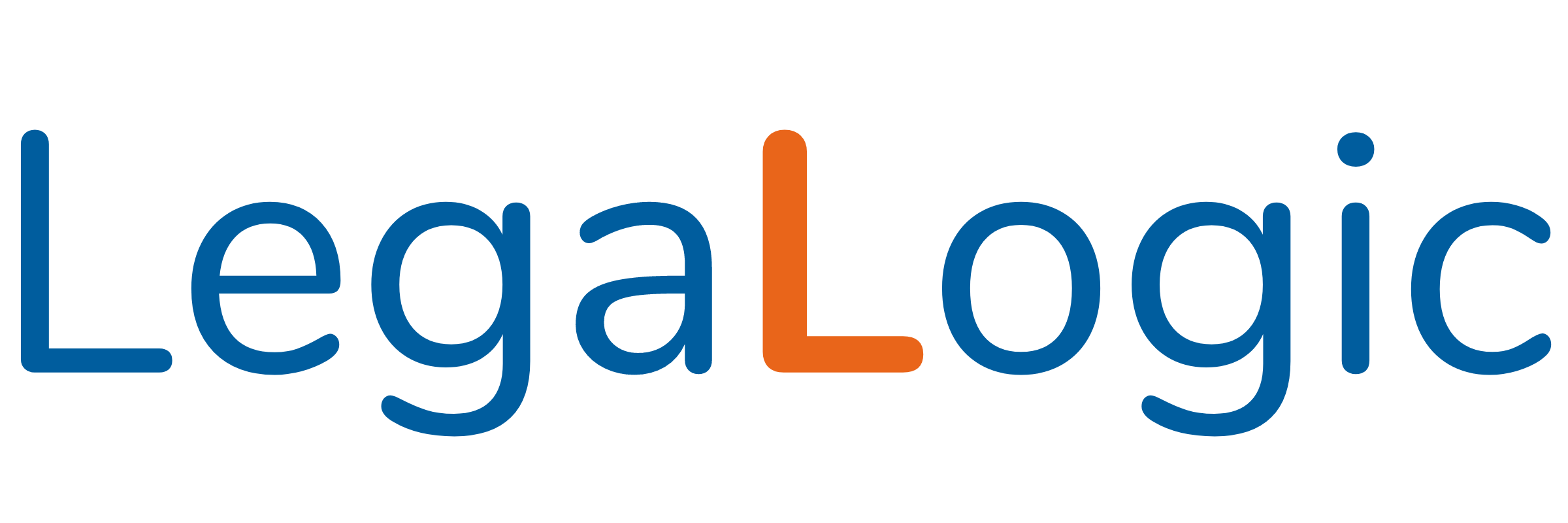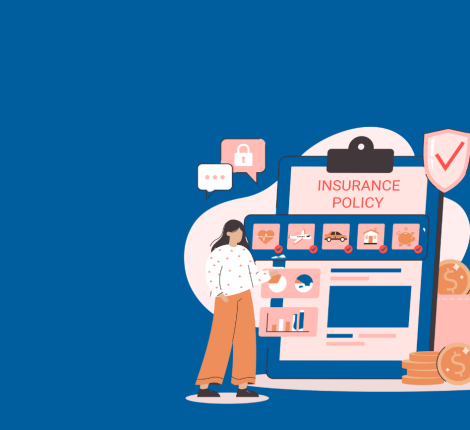Data Privacy Newsletter -Data Privacy in a Technology-Driven World : May 2025
Data Privacy in a Technology-Driven World
In today’s hyperconnected world, data privacy has become far more than a compliance checkbox. It is a cornerstone of customer trust, brand credibility, and operational resilience. With increasing reliance on digital tools and global data flows, organisations must navigate a complex landscape of privacy obligations, both domestic and international, while embracing innovation.
A New Era for Privacy in India
India’s Digital Personal Data Protection Act (DPDPA), 2023 represents a major shift in how personal data must be handled. With stricter accountability, data localization considerations, and steep penalties—up to ₹250 crore per violation—organizations can no longer afford to treat privacy as an afterthought.
In this context, understanding the organisation’s data flows, ensuring governance frameworks, and embedding privacy into technology choices are no longer optional, but they are essential.
Technology Meets Privacy : Key Challenges and Opportunities
1. Remote Tools and Collaboration Platforms
Cloud-based collaboration platforms, video conferencing tools, and digital productivity apps have become indispensable to modern business operations. While they offer efficiency and flexibility, they also introduce unique privacy risks—ranging from unclear data storage locations to insufficient access controls. Organisations must be aware of where their data is hosted, who within the vendor ecosystem can access it, and whether these vendors comply with applicable data protection laws, including India’s DPDPA and international standards such as the GDPR.
To mitigate these risks, organizations should conduct detailed assessments of their technology partners. This includes reviewing the vendor’s information security standards, breach response protocols, and data processing agreements. Ensuring contractual clarity around data handling responsibilities is critical for both compliance and operational resilience.
2. Legacy Systems and Compliance Gaps
Many organizations continue to rely on legacy information technology systems that were never designed with modern privacy considerations in mind. Such outdated infrastructure poses a significant challenge when businesses attempt to integrate new, privacy-compliant technologies. The inability of such systems to support advanced encryption, logging, or access management creates operational blind spots that can expose organizations to regulatory violations and cyber threats.
Bridging the gap often requires a phased modernization strategy, where critical systems are prioritized for upgrades or replacement. This also involves aligning IT and legal teams to ensure that compliance obligations are embedded into the technical architecture from the ground up.
3. The Human Element
Despite sophisticated technological safeguards, human error remains one of the leading causes of data breaches. Employees may unintentionally mishandle personal data, fall prey to phishing attacks, or bypass internal protocols in the name of convenience. These vulnerabilities underscore the importance of regular training and awareness programs.
Organizations should foster a culture where data privacy is understood and valued across departments and not just by the legal or IT teams. Simulated breach drills, password hygiene training, and clear internal data handling policies can empower employees to act as the first line of defence against privacy risks.
Key Technology Trends Impacting Privacy
As organisations integrate technology into their operations, it is important that they be aware of how certain trends affect privacy.
1. Artificial Intelligence and Automation
AI-powered tools, including chatbots and data analytics platforms, can process vast amounts of personal data to improve customer service and operational efficiency. However, transparency about data collection and use is critical. Organisations must ensure that their AI systems are designed with privacy in mind, clearly informing users about what data is collected and how it will be used. Techniques like differential privacy and federated learning can help anonymize data while retaining its utility.
2. Cloud Computing and Data Storage
Many organisations rely on cloud services to store and manage data. While cloud providers offer scalability and convenience, you must verify that they comply with relevant privacy standards and implement strong security measures such as encryption and access controls. It is important that organisations understand where their data is stored geographically, as this can trigger data transfer requirements under various data protection laws.
3. Internet of Things (IoT) Devices
Smart devices in the workplace—from security cameras to connected appliances may improve efficiency but also increase privacy risks. These devices often collect continuous streams of data, which, if unsecured, can be vulnerable to cyberattacks. Regularly update device software, segment networks to minimize exposure, and conduct penetration testing to identify vulnerabilities.
Building a Privacy-First Business: A Practical Framework
1. Implement Privacy by Design
Incorporate privacy considerations from the outset when selecting or developing new technologies. This includes minimizing data collection to what is strictly necessary, using encryption, and enabling users to control their data preferences.
2. Conduct Regular Vendor Audits
Third-party service providers can introduce risks if they do not adhere to strong privacy standards. Organisations must periodically review their vendor’s privacy policies, security certifications, and breach response plans. It is important to include contractual clauses that mandate compliance with the organization’s minimum privacy standards.
3. Educate Internal Stakeholders
As human error remains one of the leading causes of data breaches, it is essential to train employees on recognizing phishing attempts, managing passwords securely, and following internal data handling protocols.
4. Maintain Clear Privacy Policies.
Organisations should ensure their privacy policies are up to date, clearly written, and easily accessible. They should communicate openly with customers about how personal data is collected, used, and protected.
Privacy as a Competitive Advantage
Rather than viewing privacy as a regulatory burden, consider it a differentiator. Organisations that prioritize data protection can market themselves as trustworthy and customer – centric. Simple initiatives such as publishing a clear “Privacy Commitment” statement on your website or including privacy assurances in marketing materials can enhance customer confidence and set you apart in competitive markets.
Building a Privacy-First Culture
With DPDPA enforcement around the corner and sector-specific regulations (in healthcare, fintech, and AI) on the horizon, privacy programs must remain agile. As emerging technologies such as AI and IoT become more integrated into business operations, embedding privacy as a core principle will become increasingly critical. By doing so, organisations not only reduce legal and operational risks but also unlock opportunities for innovation and customer loyalty. In an era where data is currency, privacy has become the trust capital that drives long-term business success.
About us:
LegaLogic (www.legalogic.com) is a full-service law firm with more than 50 people team. Founded in 2013, LegaLogic has been advising across industry segments. It is a go-to firm for Corporate Commercial Matters, M&A, Intellectual Property, Employment Law, Real Estate, Dispute Resolution, Litigation, India Entry Strategy and Private Client Practice. To know more about our Data Privacy Practice, please write to us at data.privacy@legalogic.com.
Disclaimer:
This newsletter is for informational purpose only and should not be treated as legal advice or opinion. No part of this newsletter should be considered an advertisement or solicitation of professional services of LegaLogic.





